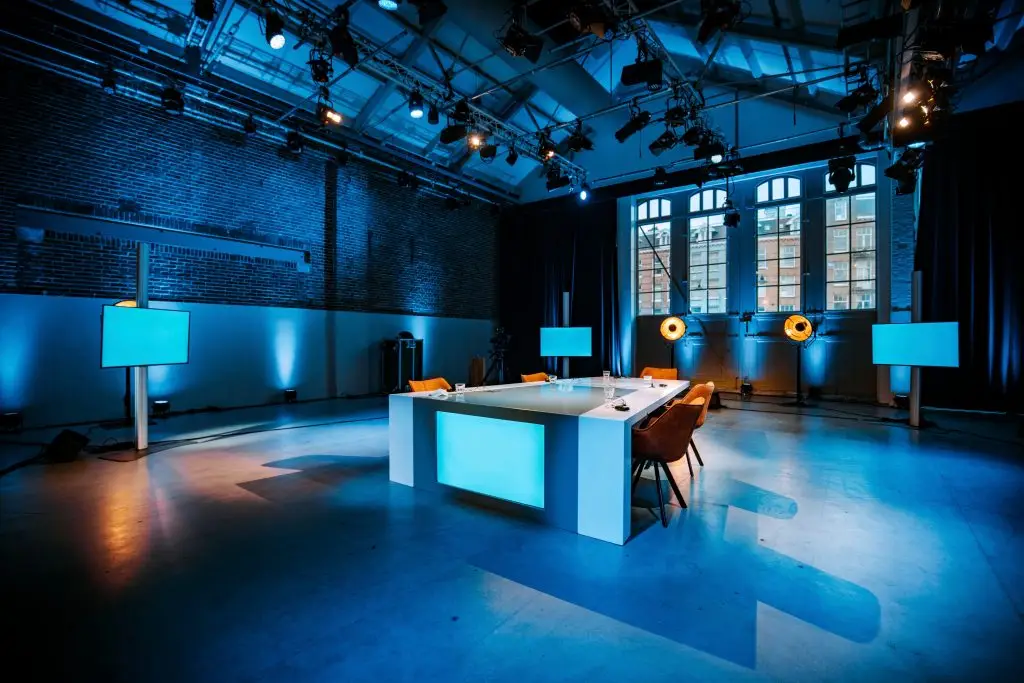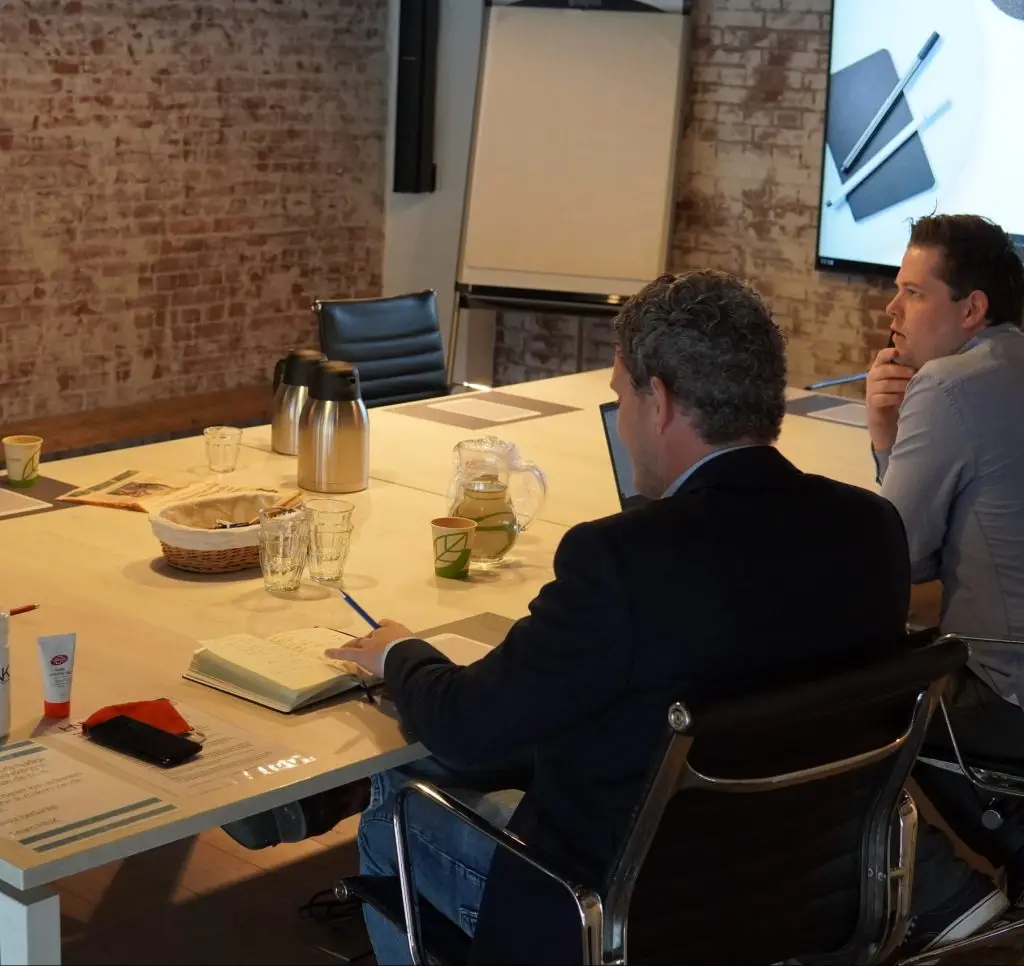30 November, 2020 | News
The ongoing importance of trial and error
The road to becoming a successful entrepreneur is often long and challenging. The competition is exceptionally fierce these days, and starting a new business is not for the thin-skinned. One of the most critical parts of this process consists of making choices; the right ones, but even more important, are the wrong ones.
Although making wrong decisions often results in stumble and fall, it lays the foundation for every successful startup. Failure is part of an entrepreneur’s learning process and should be seen as an opportunity to learn and make progress. “Fail fast, fail often” is a well-known mantra in Silicon Valley and defines the importance of this trial-and-error journey.
“It is common sense to take a method and try it. If it fails, admit it frankly and try another. But above all, try something.” ―Franklin D. Roosevelt
Trial-and-error learning is a continuous process of experimenting with various methods of doing something until one finds the most successful. With a trial-and-error approach, entrepreneurs continuously make small steps, allowing them to chase larger opportunities ahead. The failures faced in these steps can be transformed into lessons learned and allow tweaking and fine-tuning ideas even further.
The following tips can help you to exploit the trial-and-error opportunities to the fullest;
Accept failure and embrace your learning curve
There are no entrepreneurs that like a failure, but it is vital to keep in mind that failure is part of the learning that is key to becoming successful. Every setback is an opportunity to rethink your ideas and reset your compass. Therefore, embrace this learning curve and keep innovating.
Do not be afraid to take risks
Successful entrepreneurs are not only outstandingly good in calculating risks but also taking risks at the right moment in time. It is not about going in business blindly and expecting great results, but rather about planning your bets carefully. Furthermore, entrepreneurs have risks have to keep innovating.
Be adaptable and responsive to changes in the market
The market is changing continuously, and so are customers’ preferences. It is crucial for startups to not ignore these shifts in the market, but rather try to detect these changes and adapt as quickly as possible. A classic example of a company that missed shifts in the market was Ford and its Model T during the 1920s. Ford dominated the automobile industry with this model but did not notice that automobiles were becoming more and more a status symbol for many Americans. In this way, Ford continued its old strategy and did not adapt. Not much later, rival General Motors offered customers more option and quickly took over market share. Therefore, to be successful in the long-run: be responsive and adapt quickly!
Do you happen to have an idea up your sleeves and got excited about the Philips Innovation Award, don’t miss out on this exciting ride and make sure to sign up!












